Solar Ground Mounted System
In the quest for clean and renewable energy, solar power has emerged as a frontrunner, offering versatile solutions to meet diverse energy needs. Among the various types of solar installations, solar ground-mounted systems stand out for their scalability, efficiency, and adaptability. Perfect for large-scale installations, agricultural lands, and spaces with open terrain, these systems are paving the way for a sustainable future.
Download Brochure
Testimonial
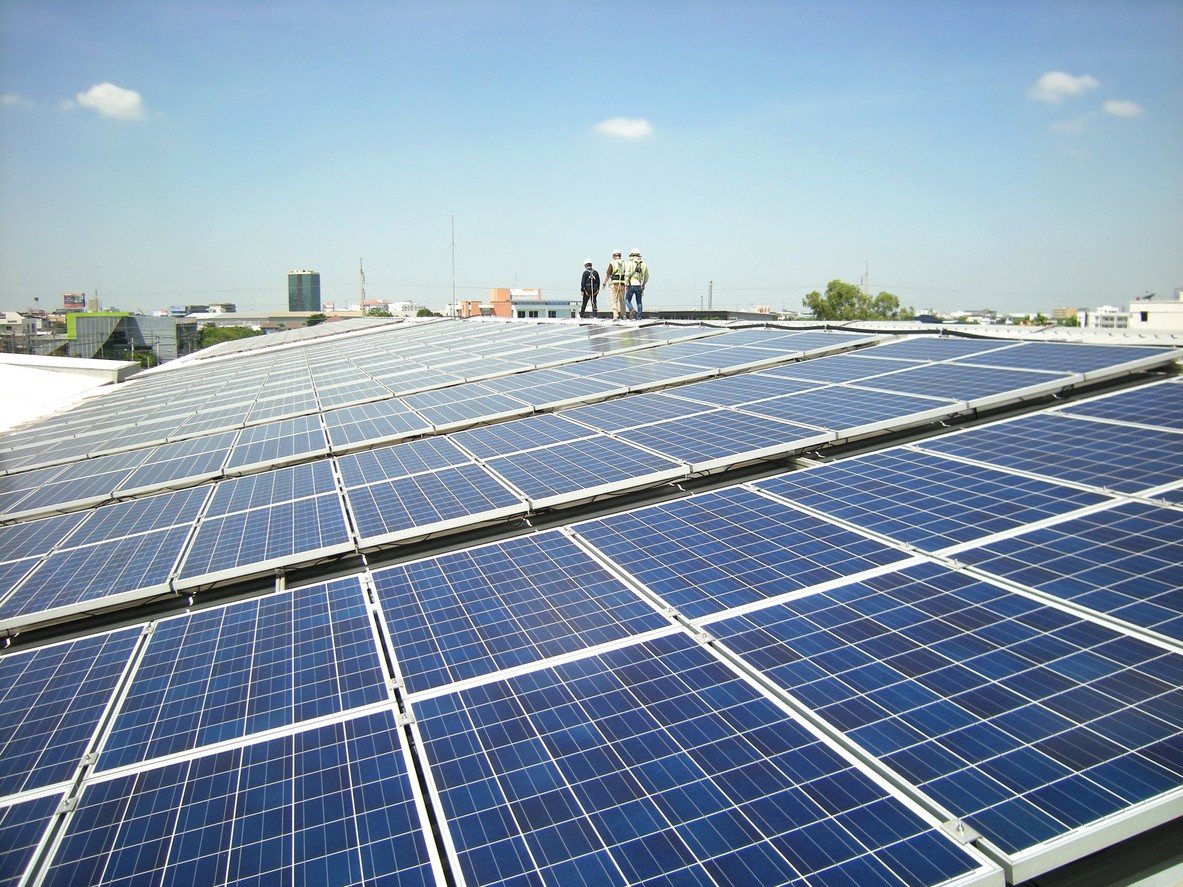

FAQs
How is a ground-mounted system different from a rooftop system?
Ground-mounted systems are installed on the ground and can be oriented and tilted to maximize sunlight absorption. Rooftop systems, on the other hand, are limited by the size, orientation, and structure of the roof. Ground-mounted systems are generally better suited for larger installations.
What are the types of ground-mounted solar systems?
- Fixed-Tilt Systems: Panels are mounted at a fixed angle, optimized for the site location.
- Tracking Systems: Panels are mounted on solar trackers that adjust their angle to follow the sun’s movement throughout the day, maximizing energy production.
How much land is required for a ground-mounted solar system?
On average, 1 MW of ground-mounted solar requires about 4-5 acres of land. However, the exact space depends on panel efficiency, system design, and shading conditions.
Are ground-mounted systems more efficient than rooftop systems?
Yes, ground-mounted systems can be oriented and tilted for optimal sunlight exposure, which often makes them more efficient than rooftop systems that are restricted by roof angles and shading.
What kind of land is suitable for a ground-mounted system?
Barren land, underutilized farmland, or open fields are ideal for ground-mounted systems. However, the site should have adequate sunlight exposure, minimal shading, and be accessible for installation and maintenance.
Can ground-mounted solar systems be used for agricultural purposes?
Yes, ground-mounted systems can be combined with agriculture through agrivoltaics, where crops are grown beneath or around solar panels. This approach optimizes land use by supporting both energy production and farmers.
Do ground-mounted systems require special maintenance?
Do ground-mounted systems require special maintenance?
What is a Solar Ground Mounted System?
A solar ground-mounted system consists of photovoltaic (PV) panels installed on the ground instead of rooftops. These systems are supported by metal frames, ensuring optimal tilt and alignment to maximize sunlight absorption.
Unlike rooftop systems, ground-mounted installations are ideal for properties with ample open space, allowing for larger installations that can produce significant amounts of electricity.

How Do Solar Ground Mound System Work?
- Solar Panels Capture Sunlight: PV panels absorb sunlight and convert it into direct current (DC) electricity.
- Inverter Converts DC to AC: Since most appliances run on alternating current (AC), an inverter transforms DC electricity into AC.
- Power Your Needs: The generated electricity powers your home or business. Excess power can be stored in batteries or fed into the grid through net metering.
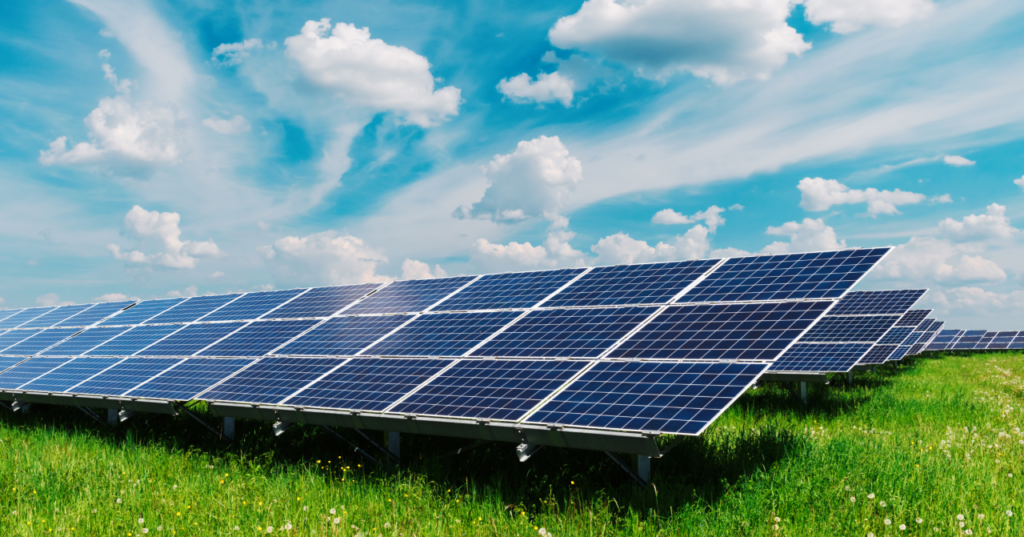
Benefits of Solar Ground-Mounted Systems
Higher Efficiency
Unlike rooftop systems, ground-mounted installations can be oriented and tilted to achieve the best possible solar exposure, leading to higher energy production.
Scalability
These systems are suitable for small installations or large-scale solar farms, making them perfect for industrial and agricultural applications.
Land Optimization
Solar ground-mounted systems make use of underutilized or barren land, turning open spaces into productive energy fields.
Easier Maintenance
Solar ground-mounted systems typically offer easier maintenance compared to roof-mounted systems, as they are more accessible for inspections, cleaning, and repairs.
Dual Use Potential
Dual-use potential refers to the ability of solar ground-mounted systems to serve multiple purposes beyond just generating electricity.
Net Metering Benefits
Net metering offers significant benefits for solar energy users by allowing them to receive credits for any excess electricity their system generates and sends back to the grid.
Types of Solar Ground-Mounted Systems
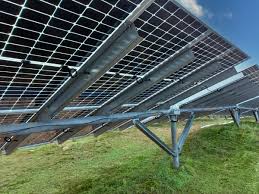
Fixed-Tilt Systems
Panels are mounted at a fixed angle, optimized to capture the maximum sunlight based on the location. These are cost-effective and simple to install.
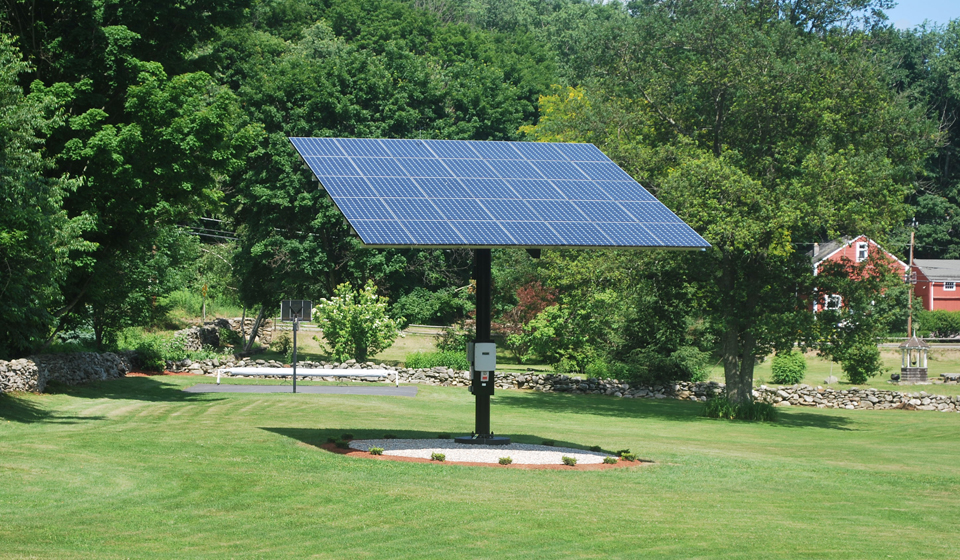
Tracking System
Advanced systems equipped with solar trackers adjust the angle of the panels throughout the day to follow the sun’s path, maximizing energy generation.
Steps To Install A Solar Ground Mount
Site Assessment
Assess the land for sunlight availability, soil conditions, and shading.
Design & Planning
Develop a layout tailored to the terrain and energy requirements.
Solar Panel Installation
Set up the mounting structures, install the panels, and connect the system to the inverter and grid.
Maintenance & Monitoring
Verify the system's performance to ensure optimal energy generation.
Why Choose Solar Ground Mounted System for Your Home or Business?
Solar ground-mounted systems are a versatile, efficient, and scalable solution for clean energy generation. Whether for commercial, industrial, or agricultural purposes, these systems empower you to maximize the potential of open spaces while contributing to a sustainable future.
Would you like further details on their applications or a customized design for your project?
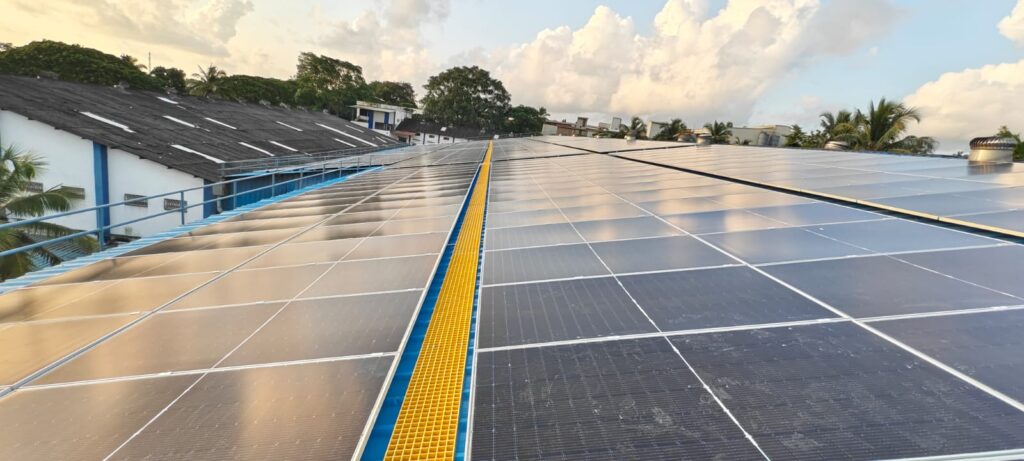
Solar ground-mounted systems are a powerful tool for achieving energy independence and sustainability. Whether for commercial, industrial, or agricultural applications, these systems offer unparalleled efficiency and scalability.
At Thangam Energy Solutions, we specialize in designing and installing solar ground-mounted systems tailored to your unique needs. With our expertise, you can maximize your energy potential while contributing to a greener planet.
Ready to make the switch? Let’s harness the power of the sun and build a sustainable future together.
Fulfilling the dreams of every house owner to move towards sustainable energy
